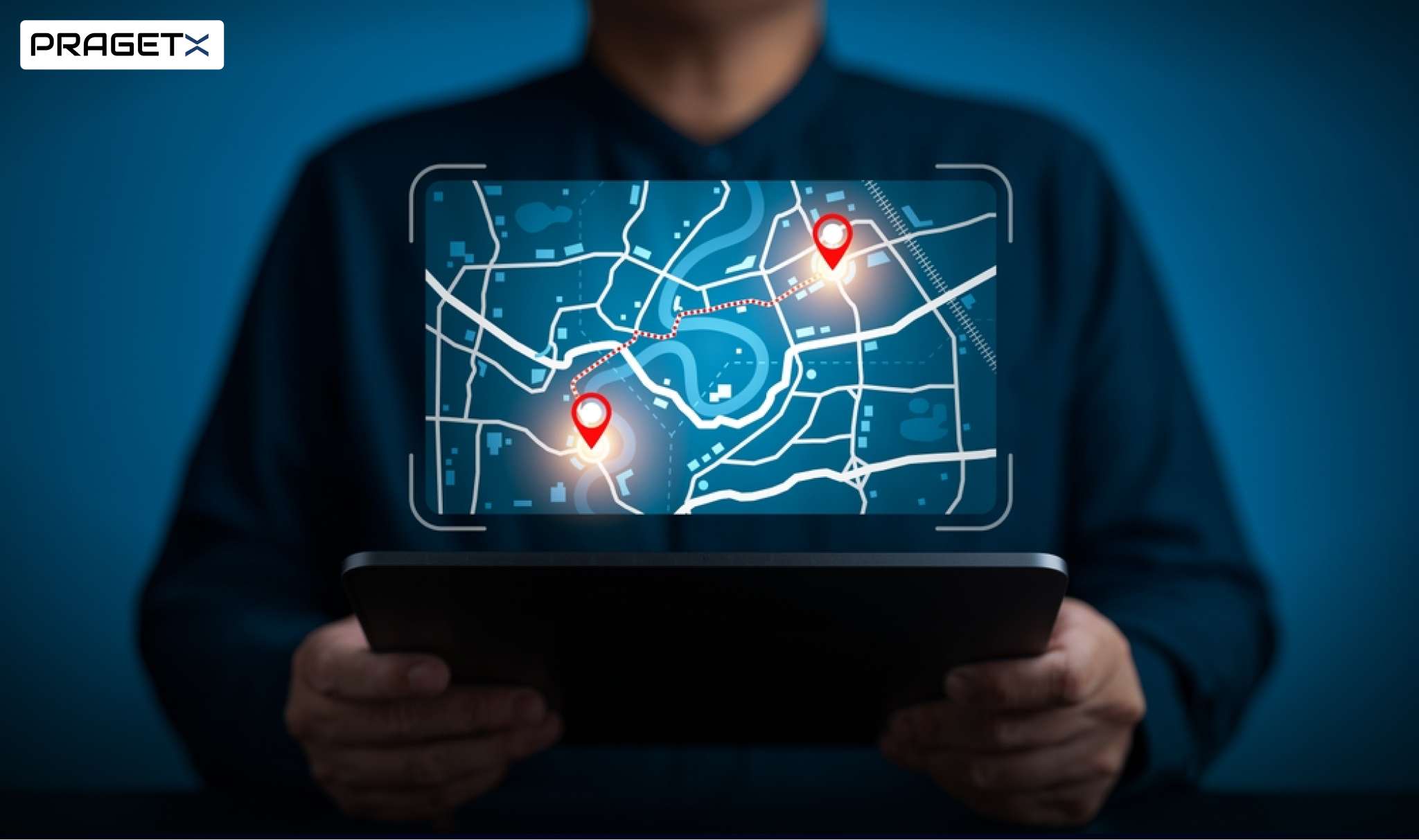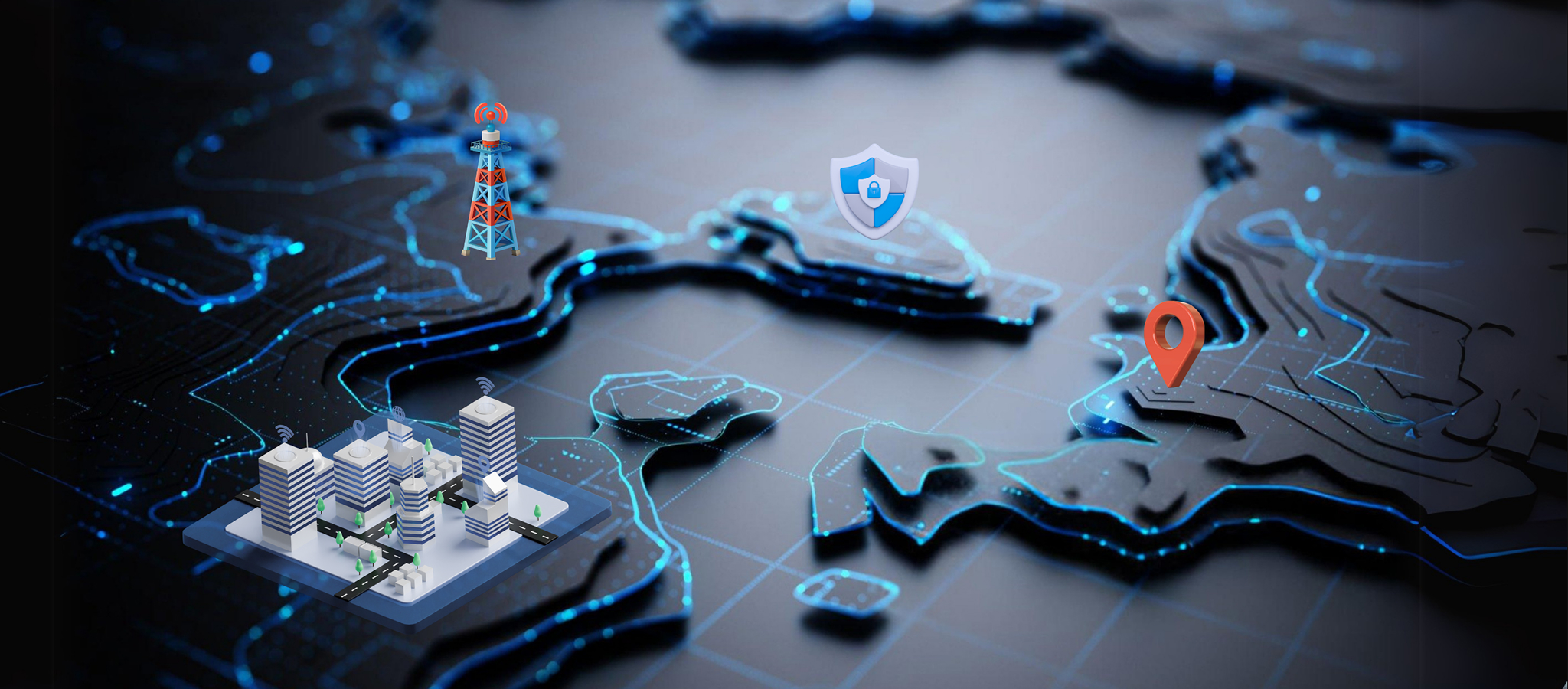
In the era of digital transformation, personalization has become a non-negotiable expectation among users. Whether it’s content, product recommendations, or services, users demand relevance, convenience, and immediacy. As artificial intelligence (AI) continues to evolve, it requires precise, context-aware data to power real-time, hyper-personalized experiences. One of the most powerful yet underleveraged data layers in this personalization revolution is geolocation data—or simply, GEO. After SEO and AEO, GEO is revolutionizing the world
Over the next decade, GEO will not just support personalization; it will drive it. By combining location-based insights with AI, businesses can create more responsive, predictive, and intuitive customer experiences across channels.
The Rise of AI-Driven Personalization. AI personalization engines analyze user behavior, preferences, demographics, and engagement patterns to tailor content and experiences. However, these engines often fall short when lacking environmental or contextual cues. This is where GEO becomes critical. Location provides temporal and spatial context, helping AI interpret where, when, and why a user interacts with a service.
Why GEO Is So Powerful for Personalization

- Contextual Relevance
Location provides real-world context. Knowing a user is in a shopping mall versus at home changes the intent behind their app use. GEO data enables AI systems to personalize content based on the user's current situation.
- Temporal Behavior Mapping
GEO data reveals user behavior over time. AI can use this to detect patterns such as daily commutes, weekend habits, or seasonal travel preferences. This allows brands to personalize at the perfect moment.
- Hyperlocal Precision
Hyperlocal personalization (within a few meters) lets businesses send location-specific offers or services. Think restaurant discounts when you're on the same block, or retail product availability based on nearby store inventory.
- Predictive Personalization
Combining past movement patterns with current data, AI can predict where a user might go next—and personalize offerings accordingly. This is crucial for sectors like mobility, hospitality, and local commerce.
What is GEO and Why It Matters?

Geolocation (GEO) refers to the identification of a device’s or user’s physical location using GPS, Wi-Fi, IP address, or cellular networks. GEO insights extend beyond coordinates—they encompass movement patterns, frequently visited places, regional preferences, and even local cultural behavior.
For AI systems, this means:
- Enhanced targeting and segmentation
- Location-aware recommendations
- Proximity-based alerts and services
- Localized content and language
- Smarter resource allocation and logistics
How GEO + AI Enables Next-Gen Personalization
Industry-Wide Use Cases
Retail & E-Commerce
- Personalized in-store experiences
- Inventory planning based on local demand
- Location-sensitive product suggestions
Travel & Hospitality
- Curated itineraries based on destination
- Location-based hotel and activity deals
- Dynamic pricing based on regional data
Healthcare
- Remote patient monitoring by location
- Healthcare service recommendations based on locality
- Geo-targeted health alerts (e.g., outbreak warnings)
FinTech & Insurance
- Fraud detection via location anomalies
- Location-based credit scoring
- On-demand insurance triggered by geolocation (e.g., travel insurance at airport)
Logistics & Supply Chain
- Route optimization
- Predictive maintenance based on geolocation
- Real-time asset tracking
Privacy and Ethical Considerations As with any data-driven technology, the use of GEO must balance utility with user consent and privacy. Companies must:
- Be transparent about data collection
- Offer opt-in/opt-out options
- Anonymize location data
- Comply with regulations like GDPR, CCPA, and others
Ethical AI frameworks will be essential to ensure that GEO data is used fairly and does not reinforce location-based biases or discrimination.
The Future: GEO + AI + 5G + Edge Computing

In the next decade, the convergence of 5G and edge computing will make GEO data even more powerful. 5G will enable ultra-fast, real-time data collection and transfer, while edge computing will process that data closer to the user’s device. This will allow for
- Real-time, low-latency location personalization
- Smart cities with AI-driven services (traffic, energy, security)
- Ultra-personalized AR/VR experiences
- Enhanced safety and emergency response systems
Strategic Advantages for Businesses By integrating GEO into their AI strategies, businesses can:
- Differentiate through contextual relevance
- Improve customer loyalty and engagement
- Boost conversion rates through location-timed offers
- Optimize operations based on geographic insights
Conclusion: GEO Is the Missing Layer of Personalization
As AI becomes embedded in every interaction, GEO adds the missing dimension of context. It tells the AI not just who the user is, but where, when, and even why they’re taking an action.
Over the next decade, GEO will evolve from a marketing tool to a strategic pillar of personalization. Businesses that embrace this shift—ethically, intelligently, and creatively—will lead the personalization game in the AI-first era.
The question is no longer should you use GEO for personalization, but how soon can you start?
Need help integrating GEO with your AI strategy?
Talk to our team at PragetX and discover how to future-proof your personalization stack.




